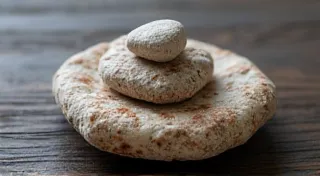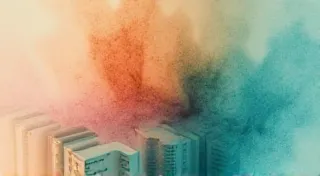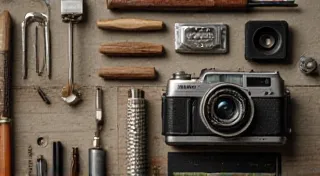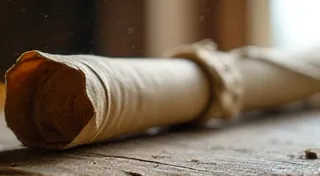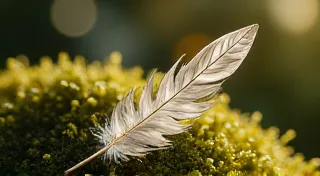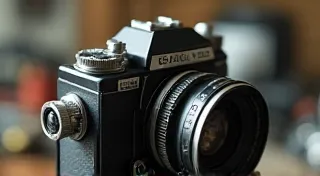Chromatic Echoes: Capturing the Unique Color Palettes of Vintage Film Stocks
There’s a certain poetry to holding a vintage film camera. It's not just the tactile feel of brass and leather, the reassuring click of the shutter, but a palpable connection to a history of image-making. Each camera, and crucially, the film it once devoured, carries a specific color signature, a chromatic echo of its era. We strive to restore these cameras, painstakingly bringing them back to life, but the true magic lies in understanding and replicating the color palettes they helped create. It’s about preserving not just the mechanics, but the visual soul of a bygone photographic age.
My grandfather was a photographer. Not a professional, but a passionate amateur, a chronicler of family life and rural landscapes. I remember the smell of his darkroom – a potent mix of fixer, developer, and the faint, comforting scent of old paper. He predominantly shot Kodachrome. The prints, even faded now, possess a vibrancy that’s almost startling, a jewel-toned intensity that modern films rarely emulate. It was Kodachrome, in many ways, that sparked my fascination with vintage photography.
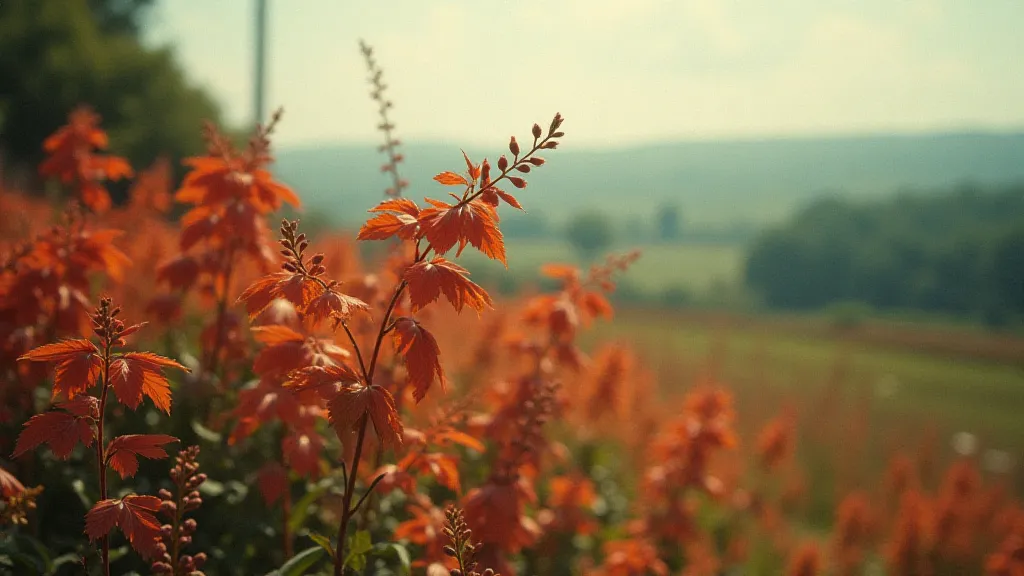
The Science and Soul of Vintage Film
Understanding the color palettes of vintage films isn’t purely about technical specifications. It’s about appreciating the materials and processes of the time. Early color films, like Kodachrome (introduced in 1935), relied on subtractive color processes. Instead of adding color, dyes were used to absorb specific wavelengths of light, creating the colors we perceive. The dye couplers used were unique to each film stock and gradually changed over the years, leading to the subtle shifts we see in color characteristics even within the Kodachrome family. The mechanical precision involved in creating these cameras is remarkable; understanding their construction, like those described in Resonance of Shutter: Understanding and Repairing Common Mechanical Failures, provides crucial context for appreciating the limitations and capabilities of the photographic process.
Agfa, particularly its Isopan and APX lines, often presented a different aesthetic. Their color rendering was known for its softer, more muted tones – a deliberate choice reflecting the artistic preferences of the era. The use of different emulsion types and development processes further contributed to this distinct visual signature. Unlike Kodachrome's nearly perfect color reproduction (until its demise), Agfa films exhibited a certain charming inaccuracy, an element of serendipity that many photographers now find desirable. Think of the earthy, nostalgic feel of early Agfa Vista films – they evoke a sense of faded memories and a quieter, more contemplative world. The physical materials used, from the brass components to the intricate lens designs, contribute significantly to the overall character of these vintage cameras.
Recognizing and Replicating Chromatic Signatures
So, how do we identify these signature looks? Start by researching. Online communities dedicated to vintage photography are invaluable resources. They often feature comparisons of different films and detailed analyses of their color characteristics. Look for discussions about "dye shifts," which are the gradual color changes that occur in aged films due to the degradation of dye couplers. These shifts can introduce a pleasing warmth or even a cyan/magenta tint, adding character to the images. Understanding how light interacts with these aged components, and how the camera's design influences the final image, is a continuous learning process.
Beyond research, observation is key. When restoring cameras, I often find rolls of film left behind – remnants of a photographer’s life. Studying those prints, comparing them to contemporary films, and understanding the lighting conditions under which they were taken, all contribute to a deeper appreciation for the film’s specific chromatic signature. The subtle interplay of light, lens, and film – it's a complex equation that yields incredibly beautiful results. The design of the lens itself is often overlooked, and how the coatings, or lack thereof, significantly affect the character of the final image. It’s easy to romanticize the past, but appreciating the meticulous engineering behind these machines, akin to the investigations found in The Cartographer's Map: Adapting Vintage Lens to Modern Digital Cameras, reveals a deeper appreciation for the artistry.
Replicating these looks digitally is becoming increasingly accessible. Many modern film simulation software programs and digital cameras offer profiles designed to mimic the color palettes of classic film stocks. While these simulations aren't perfect – they often lack the unique grain structure and subtle imperfections of true vintage film – they can provide a reasonable approximation. It's a way to capture a *feeling* rather than a precise copy.
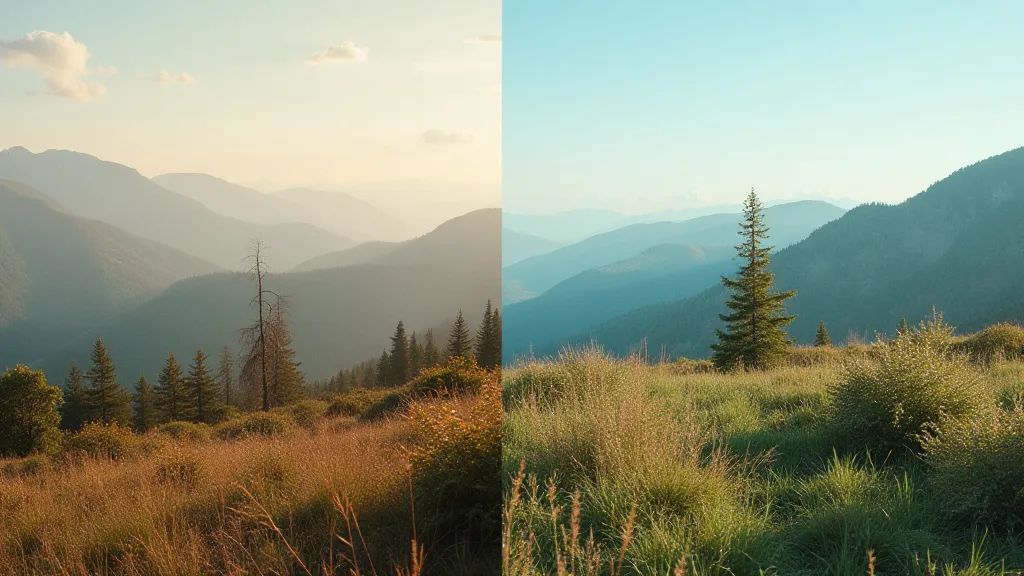
The Imperfections that Define Character
The beauty of vintage film isn't always about perfect color reproduction. Often, it's the imperfections – the light leaks, the dust spots, the subtle color shifts – that give the images their unique charm. These are the fingerprints of time, the evidence of a process that was inherently more unpredictable than modern digital photography. Embracing these imperfections is crucial to truly capturing the essence of vintage film.
During camera restorations, I often find evidence of these imperfections - light seals degraded, causing flares and leaks; film pressure plates warped, resulting in uneven exposure. While a purist might strive to eliminate these flaws, I often leave them intact, as they contribute to the film’s overall character. They's a reminder of the camera’s history and the photographer's experience. Sometimes, these imperfections can be incorporated into the aesthetic, a choice celebrated in creative photography. The deliberate use of these flaws, a conscious rejection of technical perfection, demonstrates a deep understanding of the artistic possibilities inherent in vintage processes.
Beyond the Film: Lens and Processing
It's important to remember that the color palette isn’t solely determined by the film stock. The lens plays a significant role. Older lenses often have unique coatings or a lack of coatings altogether, which can affect color rendering and contrast. Processing methods also contribute. The developer used, the development time, and the method of fixing all influence the final image. The interplay of all these elements defines the final aesthetic.
My grandfather, for example, often pushed his Kodachrome – developing it for a longer time than recommended. This pushed processing technique resulted in higher contrast and more saturated colors, a look that further distinguished his photographs. Experimentation with different development techniques can be a rewarding way to explore the possibilities of vintage film. The artistic control achievable through these adjustments, and the resulting visual impact, are often overlooked in modern photography.
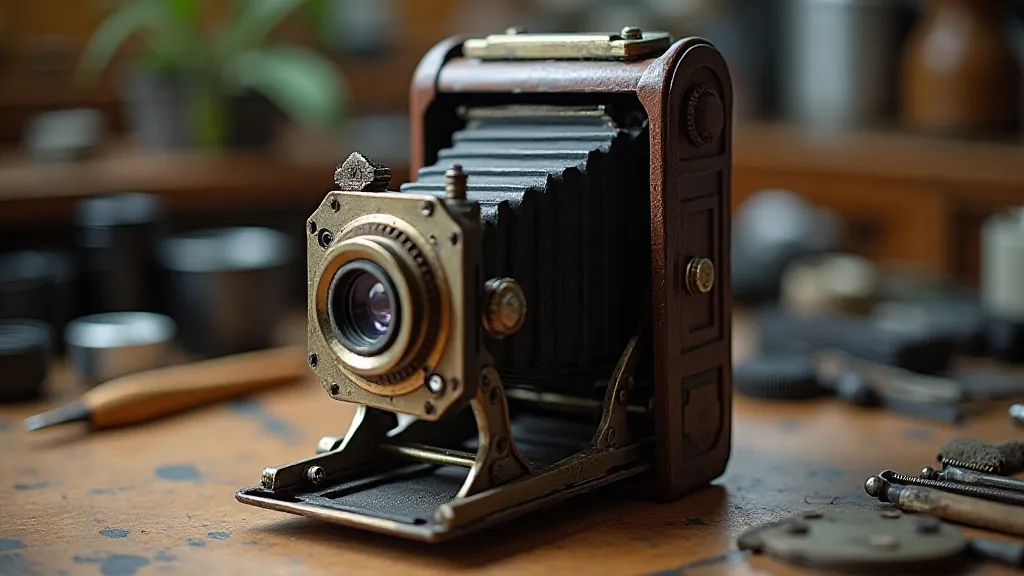
The Language of Light and Materiality
The character of a vintage photograph isn't solely about recreating a specific color palette. It's about understanding the entire system – the camera, the lens, the film, the processing, and the photographer's artistic vision. It’s about appreciating the limitations and embracing the imperfections. It’s about recognizing the material culture embedded within each image – the smell of the fixer, the feel of the leather bellows, the subtle hum of the enlarger. These aren't just technical details; they's sensory memories, tangible links to a bygone era. These details, and the deliberate crafting of a photographic style, echo the meticulous nature of those who created these devices, a dedication explored in detail within resources like Echoes in the Metal: Exploring the Significance of Materiality in Antique Camera Design.
A Legacy of Color
Restoring vintage film cameras is more than just a mechanical exercise. It’s about preserving a cultural heritage, a way of seeing the world that is both beautiful and profound. Understanding and replicating the color palettes of vintage film stocks allows us to connect with that legacy, to appreciate the artistry and craftsmanship that went into creating these iconic images. It's a journey of discovery, a way to capture the chromatic echoes of a bygone era and share them with future generations.
The click of the shutter, the smell of the darkroom, the vibrant hues of Kodachrome – these are the memories that sustain my passion. And hopefully, by sharing this knowledge, I can inspire others to explore the beauty and magic of vintage film photography.
